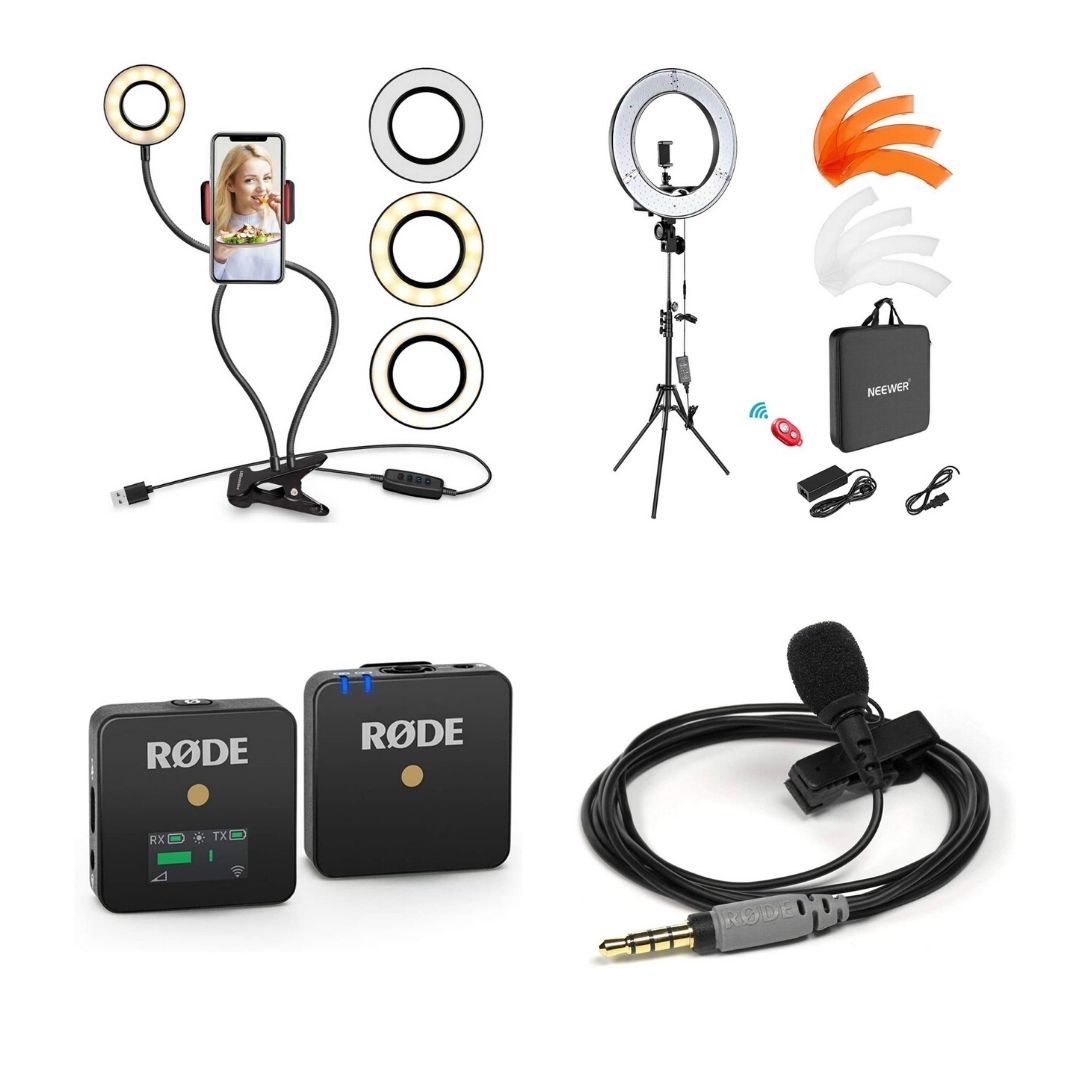
So if you are a used to using any other DAW, we’ll explain how FL Studio relates to those and how its unique approach will have you making music in minutes, so let’s get going! The grand tourįL Studio 20 comprises five main areas, each switched on and off using five icons (the first five of the 10) in the centre of the top part of the screen.

It’s not necessarily aimed at newcomers to DAW music making – although they will get benefits from following the workshop – but more at people cross-grading from other platforms. But that’s why we’ve put this guide together. At first it might seem like a difficult DAW to get your head around, because it does things in rather different ways to other similar software. There are some great YouTube channels for learning FL Studio where you'll find many videos about loops.Either way, if you are new to FL then you have come to the right place. Since music production is a complex endeavor with near-infinite possibilities, this is barely scratching the surface of ways you can get the most out of your loops. Things like adding effects, time-stretching, or even changing the pitch of the loop, can all help you get the most out of a loop and keep your track sounding varied. Lastly, manipulating the loop at certain points in the song can help keep it feeling "fresh" in different sections of the track and improve how it sounds to the listener. There are lots of resources online to help you create a counter-melody. Secondly, creating a counter-melody to a loop you've found is a great way to ensure your track has some variation, preventing the loop from getting stale to the listener. For instance, if you're using a loop in C major, using instruments and sounds in A minor would complement the loop while providing enough variation to prevent the track from sounding dull. You'll also want to use sounds and instruments that complement the key of the loop. Once you've found a loop, you want to match its BPM to your FL Studio project's BPM.


 0 kommentar(er)
0 kommentar(er)
